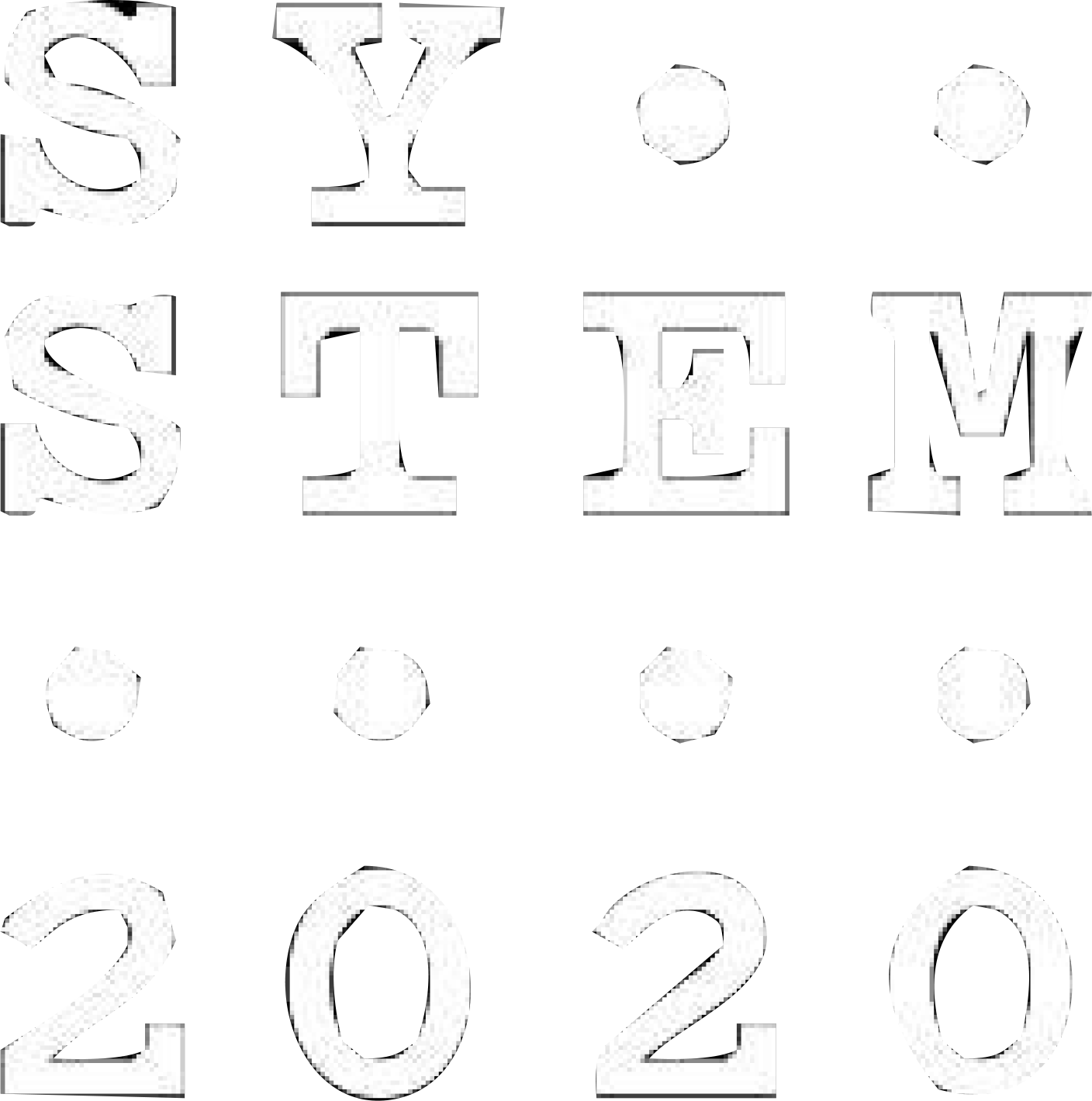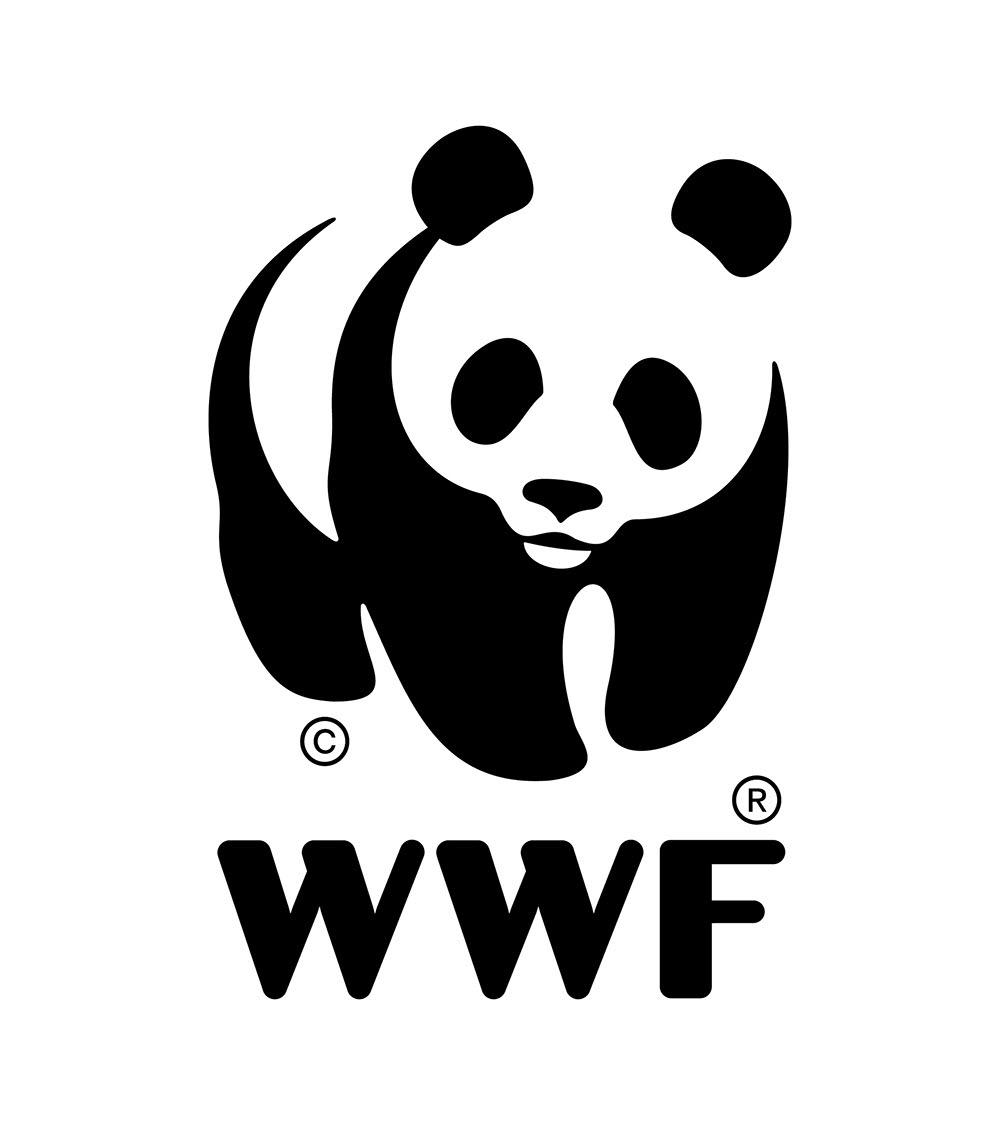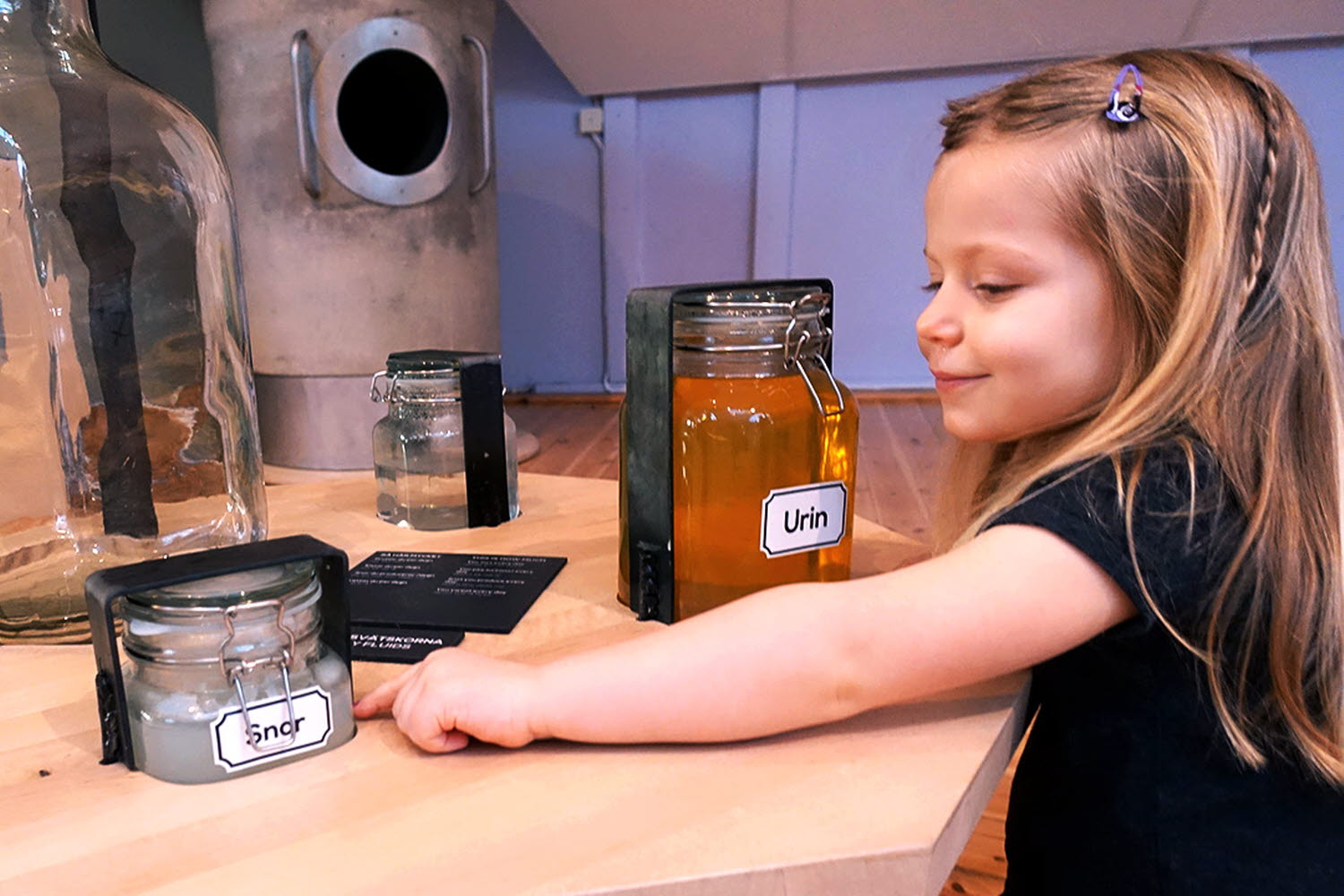
Body fluids
Why does the snot turn green when you are sick? What does a fart consist of? And if you hurt yourself and start bleeding, what happens when the wound heals? Here, you can learn more about the body fluids snot, sweat, urine, farts and blood!
Snot
Snot contains mucus that is made in the mucous membranes in the nose. Your nose makes more snot if it is inflamed, for example if you have a cold. Snot is a great place for many bacteria and viruses and is a way for infections to spread.
Cells in the mucous membrane transport snot towards the back of the nose and down the throat. The air we breathe contains a lot of dust and other particles which can get trapped in the snot. This helps keep the lungs free of serious infections. If you stay in an environment where there is a lot of dust or soot, your snot turns grey. The colour of snot depends on its contents.
The more white blood cells snot contains, the more viscous and coloured it becomes. White blood cells increase when we get infections, which make snot yellow or even green.
Sweat
The way we feel about the smell of sweat has varied throughout history and between cultures. Today, we try to avoid smelling like sweat but at other times, the smell was thought of as interesting and exciting.
The same type of hormones that control urine production also affect the sweat glands. Both the sweat glands and kidneys filter the blood to filter out blood cells and proteins. Just like urine, sweat contains a lot of water – 97 per cent. It also includes salt, odours, urea and certain acids.
The brain controls the sweating process. Sweating regulates body temperature. The type of sweat that regulates body temperature can be found everywhere in your skin. The type of sweat you release when you are stressed or very emotional leaves the body from the armpits, palms of your hands and soles of your feet. The sweat glands in your face can react to spicy foods.
Urine
When you drink something, you use your oesophagus to swallow. The liquid then ends up in the stomach. Here, it starts to break down. The content of your stomach and the water in the drink travels into the small intestine and the liquid is taken up into the blood. This liquid is transported to the kidneys that ensure that the essential substances stay in the body and the waste leaves the body via your urine, also known as pee.
In adults, the kidneys filter approximately 180 litres of water per day. Urine travels from the kidneys through the urinary tract and into the bladder. The bladder is stretchable and when it fills up, we automatically feel like we need to pee.
Farts
A fart is made up of a combination of air we swallow when we eat and when food is digested and broken down by yeast and bacteria. If you eat quickly, talk with food in your mouth or chew chewing gum, you swallow more air and will fart more often.
Farts are mostly made up of nitrogen, but they also contain other gasses such as methane and hydrogen gas. Farts contain amounts of sulphur dioxide, such as hydrogen sulphide, which makes the fart smelly.
Each person has their own unique fart smell. We find it easier to smell our own farts than the farts and trumps of other people.
The blood
Blood is known as a liquid tissue as its cells are not fused together, they float around freely. Blood makes up one-tenth of a body’s weight. Blood contains blood cells and blood plasma. Barely half of the blood’s volume is made up of blood cells.
We need blood to:
- Transport oxygen from the lungs and the air we breathe in. Blood distributes oxygen to the body’s cells. Carbon dioxide is transferred from the cells to the lungs and is then exhaled.
- Transport nutrients and waste to and from our cells.
- Be part of the immune system.
- Transport hormones and other neurotransmitters.
- Regulate acidity and content of salts and fluids in the body.
- Help regulate the body’s temperature.
- Make sure blood coagulates if you have damaged a blood vessel.
Blood cells
Nearly one-quarter of all body cells are blood cells. Blood contains three kinds of blood cell. They are formed in the red bone marrow in the sternum, the iliac crests, skull bone, the vertebrae and at the ends of the larger arm and leg bones. In the red marrow, stem cells form and then they mature into different types of blood cell. As we grow, some of the red bone marrow is transformed into fattier yellow bone marrow.
Red blood cells
Most blood is made of red blood cells. They are round, flat and very flexible. This means they can easily travel through the smallest blood cells – the capillaries – that are thinner than the red blood cells. Two million new red blood cells are formed every second. Their formation is controlled by hormones from the kidneys.
Red blood cells transport oxygen and carbon dioxide. Unlike other cells, they have no metabolism. They work with help from haemoglobin that binds to oxygen and carbon dioxide in the blood. Haemoglobin contains iron, which is why blood is red. Blood that has left the lungs and is rich in oxygen is darker than the blood that returns to the heart after its journey around the circulatory system.
When a red blood cell becomes too old, it breaks down in the delicate blood vessels in the spleen. Iron is extracted and transported back to the bone marrow to build new blood cells. Anything the body cannot use transforms into a pigment called bilirubin that builds up in bile and gives poo and pee their brown and yellow colours.
White blood cells
White blood cells protect the body from inflammation and so they have a nuclei like regular cells, unlike the red blood cells. There are three types of white blood cell:
1. Granulocytes
Granulocytes contain three types of cell that do different things. They have small granules that can be coloured using special dyes.
- NeutrocytesNeutrocytes defend the body from bacteria by "eating them up". Not only do white blood cells move around in the blood, they can also move into tissues if bacteria attack. They use small "feet" made up of the cell’s interior to move around the tissues.
- Eosinophils
The number of eosinophils in the blood increases if you have an allergic reaction or are infected with parasites. - Basophils
Basophils contain histamine which trigger allergic reactions if you are hypersensitive to a substance.
Neutrocytes are the most common. There are not as many eosinophils and basophils.
2. Lymphocytes
Lymphocytes are a type of white blood cell made in the bone marrow. The cells develop into full lymphocytes in the lymphatic tissue. Lymphatic tissue is mainly found in the lymph nodes, spleen and thymus but it can also be found in the tonsils and in the lining of the gut.
When lymphocytes mature, they circulate in the blood, whereas those in the lymph fluid circulate around the lymphatic system. There are two kinds of lymphocyte:
- T-lymphocytes
T-lymphocytes are the most common and are formed in the bone marrow. Then the blood transports them to the thymus where they mature. When they come into contact with unfamiliar microorganisms, they transform into "murder cells" that can neutralise the invaders. The body keeps some T-lymphocytes and they become memory T-cells that recognise whatever substance triggered the body’s defences. - B-lymphocytes
B-lymphocytes are formed in the bone marrow and transform into plasma cells when they come into contact with strange substances that cause a defence reaction in the body, known as antigens. Plasma cells build up antibodies that fight the antigens. Even some B-lymphocytes can develop into memory cells.
3. Monocytes
Monocytes are the biggest type of white blood cell. Monocytes stay in the blood for about 24 hours after they are formed. Then they move into the tissues and are converted into cells called macrophages. Macrophages "eat up" intruders like bacteria. They also take care of dead tissue and sort of act as the body’s "clean up patrol". Monocytes also create different substances that simulate T and B lymphocytes.
Blood platelets
Blood platelets make sure blood coagulates if you have damaged a blood vessel. The platelets, also called thrombocytes are one part of a large cell called the megakaryocyte. Platelets are formed in the megakaryocytes. When you hurt yourself and a blood vessel breaks, the platelets clump together and stick to its walls, forming a plug that stops the bleeding.
Blood plasma
If you take all the blood cells out of blood, you are left with plasma. Plasma is a pale, yellow fluid that is mainly made up of water. One tenth is protein, salts and small quantities of other substances.
Plasma transports water-soluble substances like hormones and other neurotransmitters around the body. It also transports nutrients such as sugar transformed into glucose. Some substances will bind to the protein in the plasma first, to make transportation easier. This means that even fats that are not water soluble can be transported to the body’s cells.
Plasma also contains bicarbonate that regulates the blood’s acidity.
Proteins in plasma have various tasks. Each litre of plasma contains approximately 70 g of protein. Some of the most important plasma proteins are:
Albumin
Albumin prevents water in the blood from leaving the bloodstream. If the albumin cannot stop the water from leaving the blood stream, it would transfer into the tissues and make them swell. Albumin is the most common protein in the blood.
Transferrin
Transferrin is an important protein for forming blood since it transports iron to the bone marrow where it is needed to create red blood cells.
Immunoglobulins
Immunoglobulins are antibodies made of protein that are important for the body’s immune system.
Coagulation factors
The blood needs coagulation factors to help the blood clot and stop bleeding. The most important coagulation factor is called fibrinogen. The amount of fibrinogen increases depending on inflammatory reactions and can be measured using a blood test called a C-reactive protein (CRP) test.
Hormones
Hormones are proteins that regulate many important mechanisms in the body.
Plasma in the blood also contains salts called electrolytes. The salt is mainly the same as ordinary table salt and contains sodium and chloride ions. Plasma also contains potassium, calcium, phosphate and magnesium salts. Each substance in the body has its own special task.
What happens if you hurt yourself and you start to bleed?
If you cut yourself, the muscles in the walls of your blood vessel automatically come together to reduce bleeding. Platelets then stick to the damaged blood vessel wall. At the site of the cut, the body creates substances that make the platelets sticky. The platelets release different substances that cause more and more platelets to stick together until they have built a plug that seals the hole. The substances in the platelets also affect the muscles of the blood vessel’s walls so it pulls together even more.
To stop bleeding quickly, the blood needs to coagulate or clot. This is why blood contains many coagulation factors. They create a chain reaction. The chain reaction is triggered by the substances that release when you start to bleed.
The final stage in the reaction is when the fibrinogen transforms into fibrin. It creates strong threads and toughens the platelet plug. We call this a clot, or say that the blood has coagulated. The clot prevents bleeding until the wall of the blood vessel has healed.
In order for blood to clot, it needs a certain amount of calcium. When the clot becomes the right size and the blood vessel has healed, a different regulating system breaks down the plug that formed.
